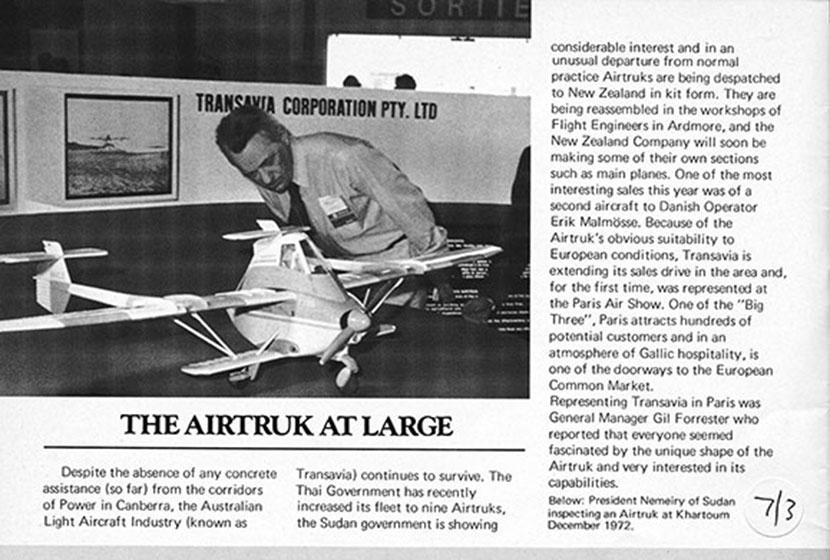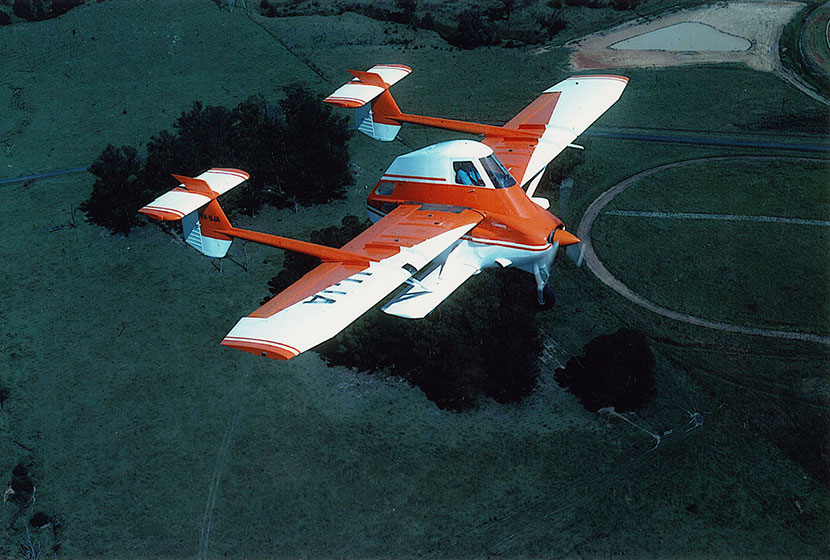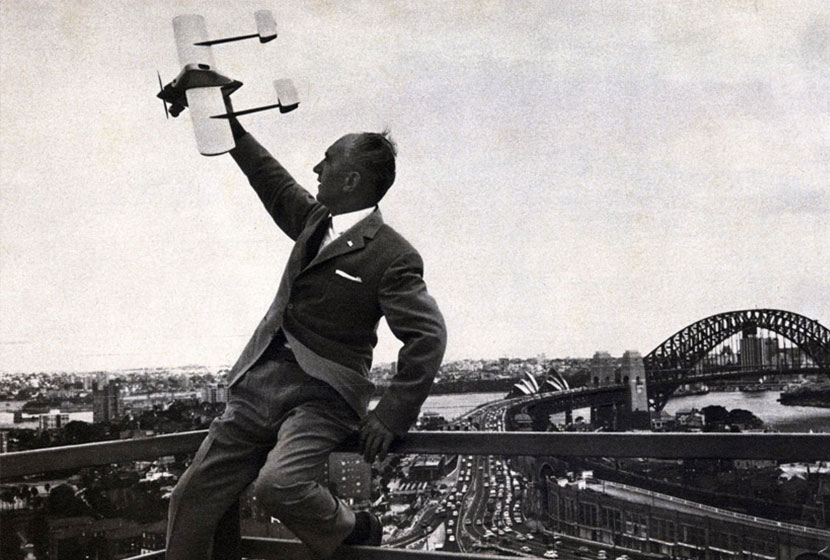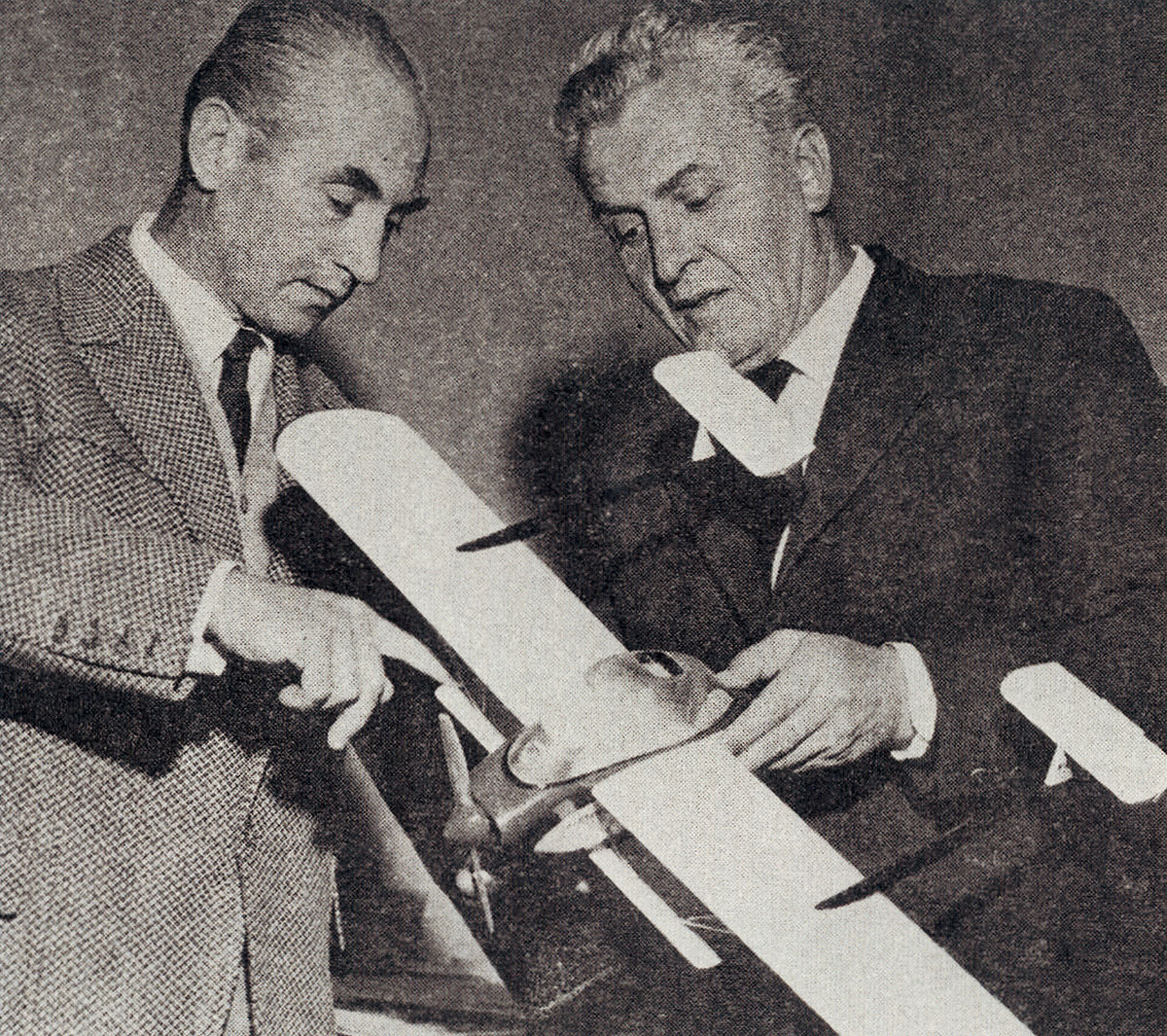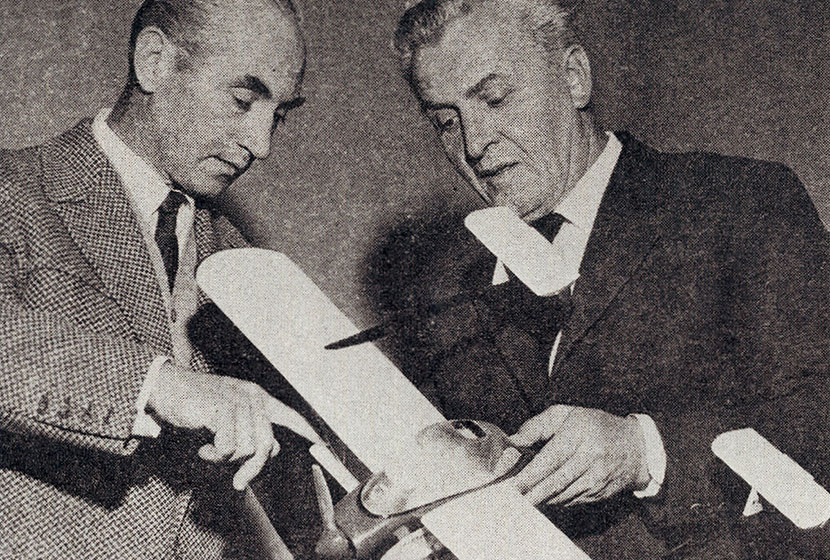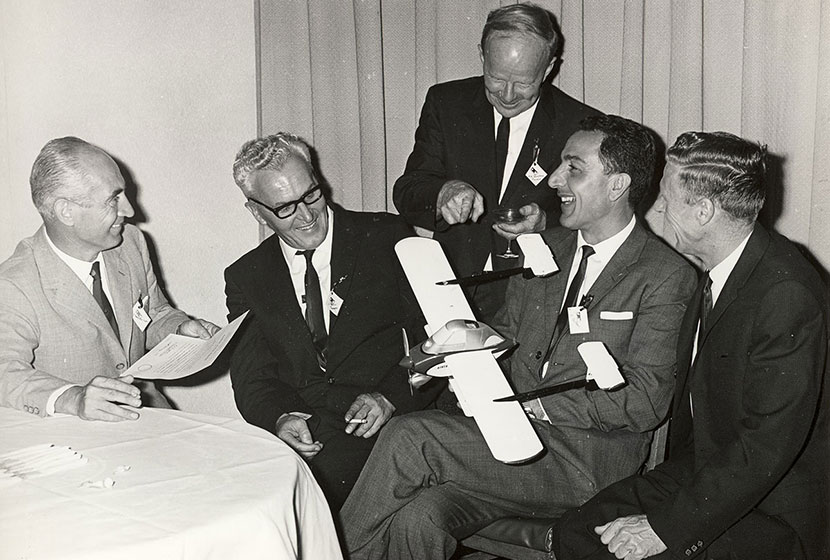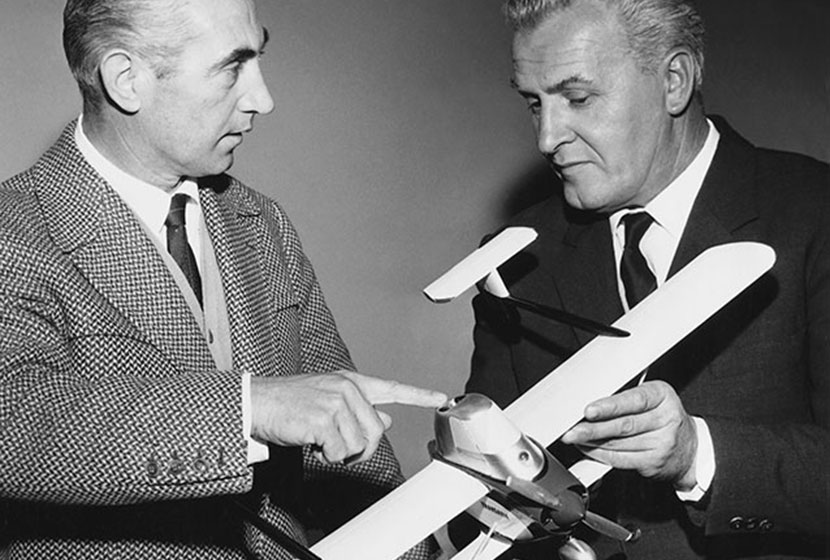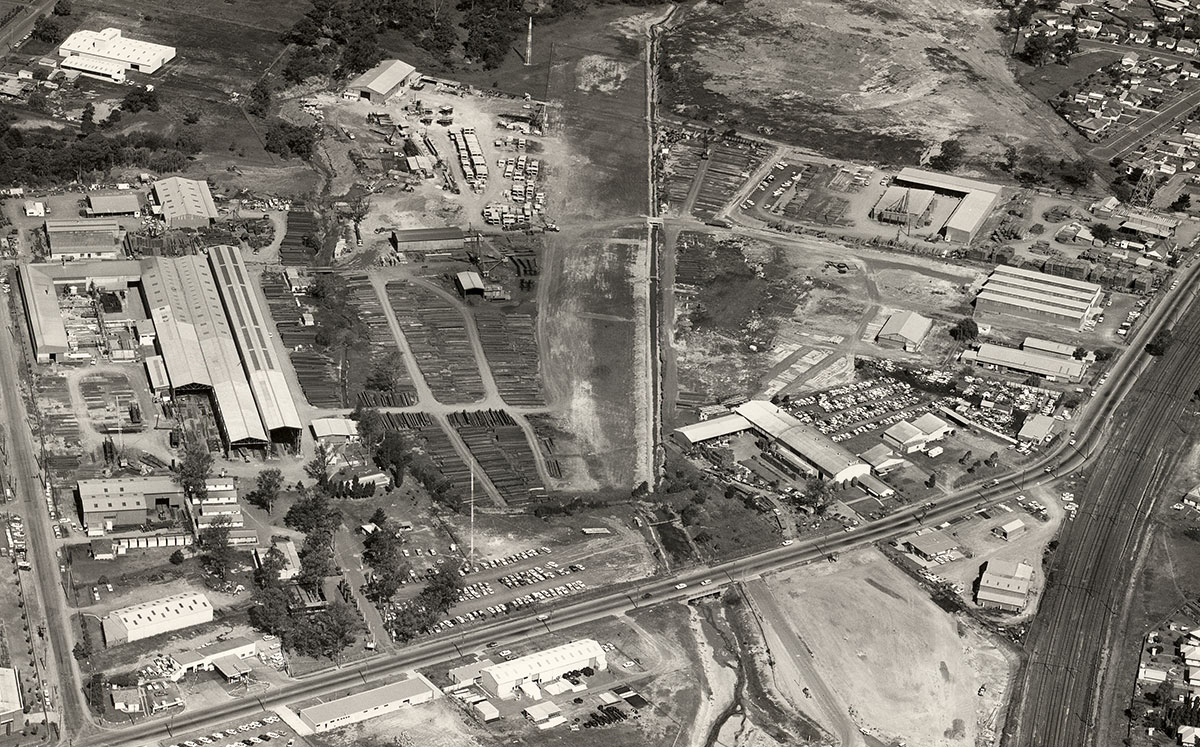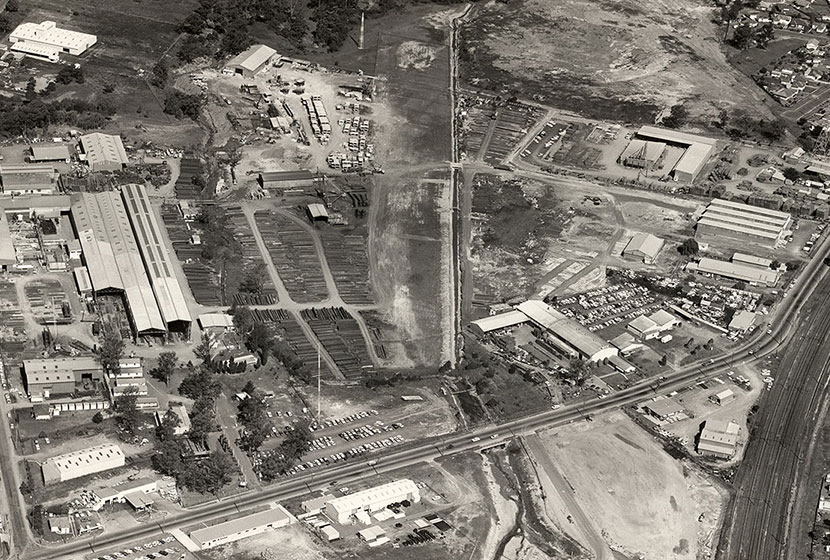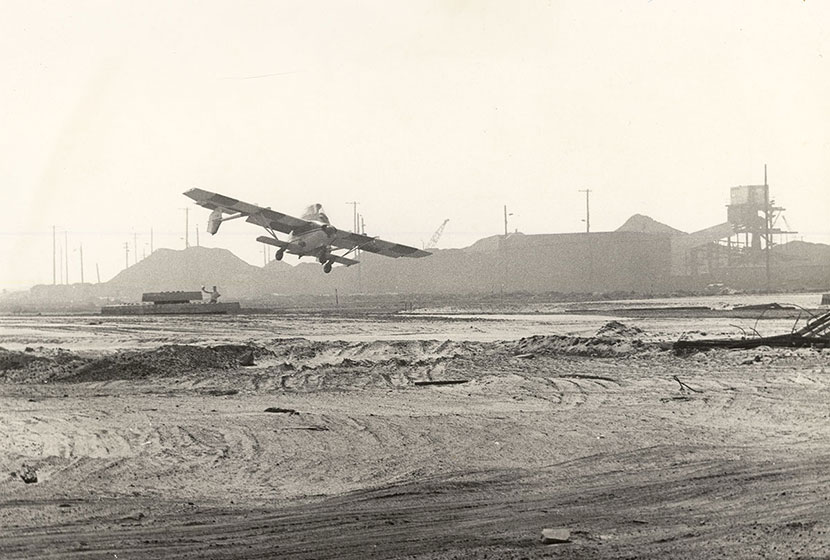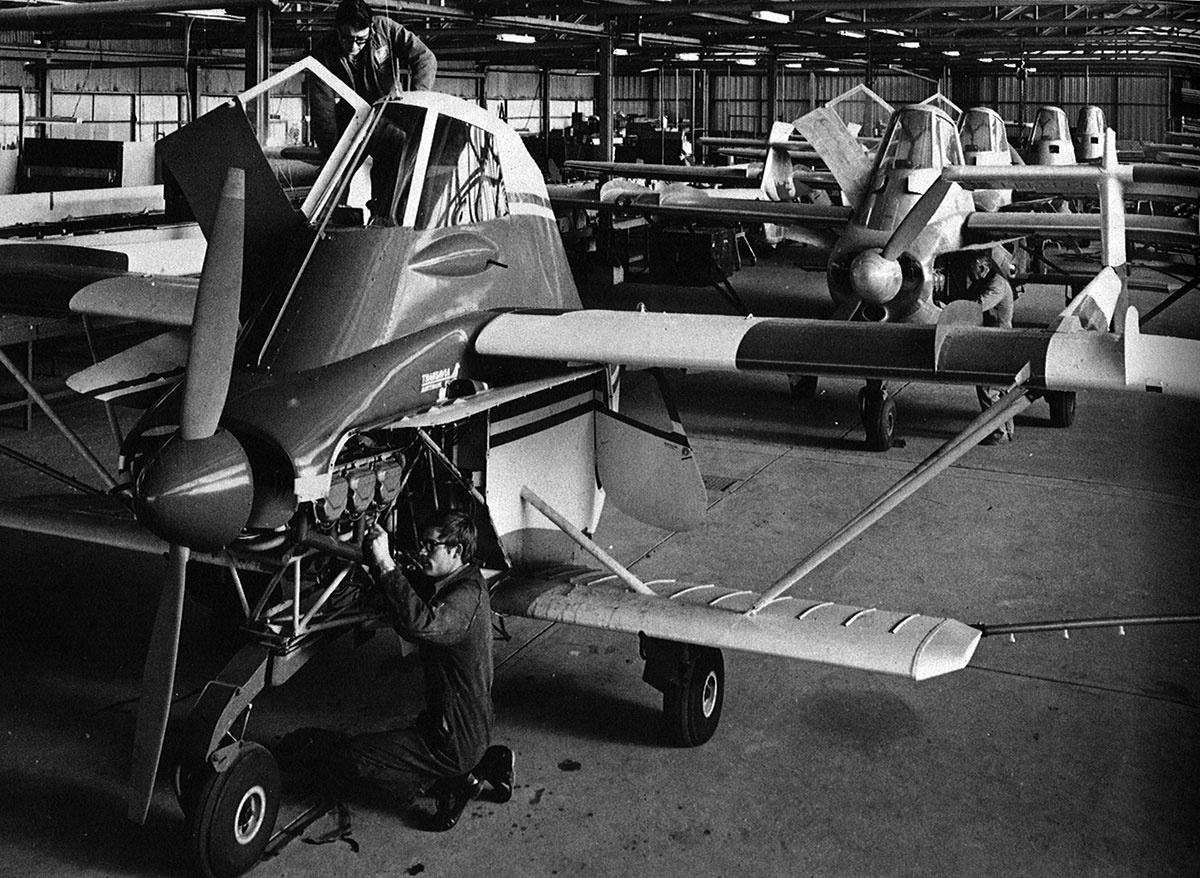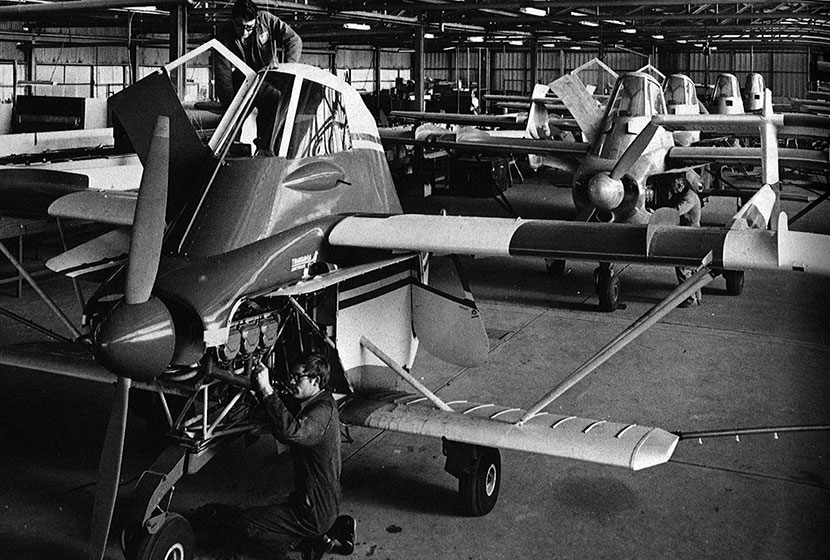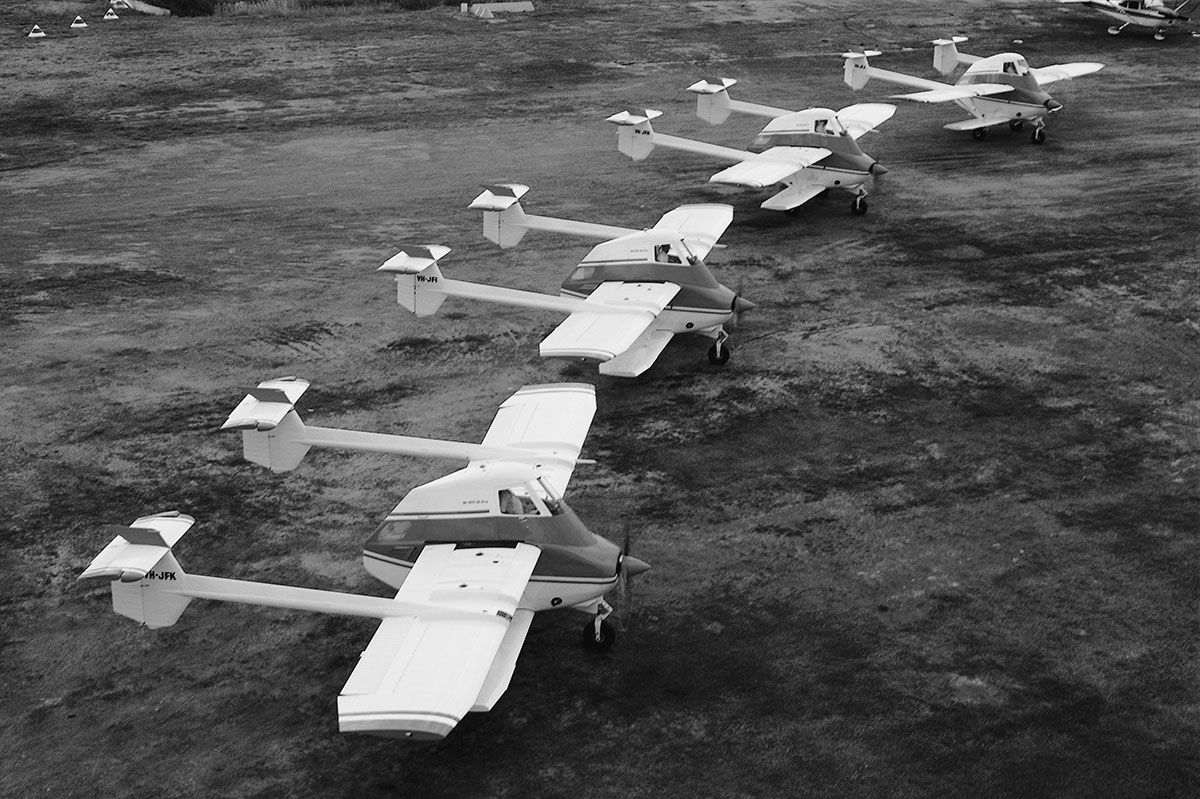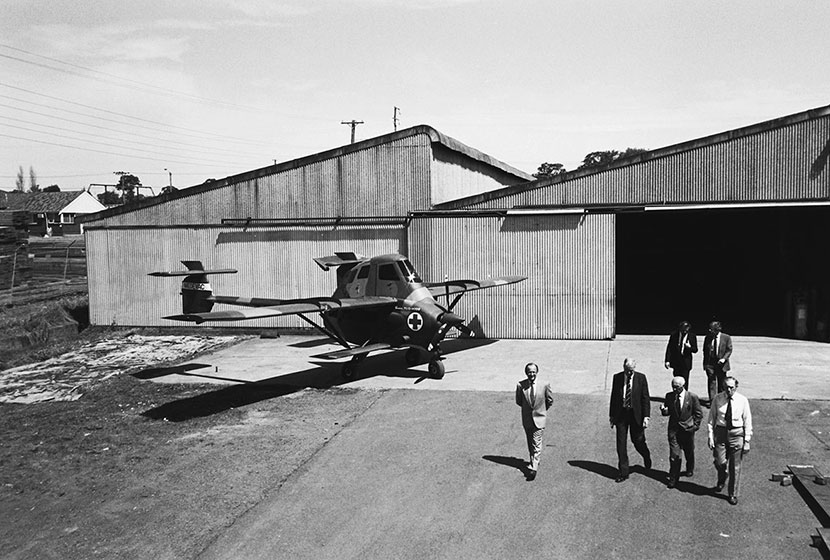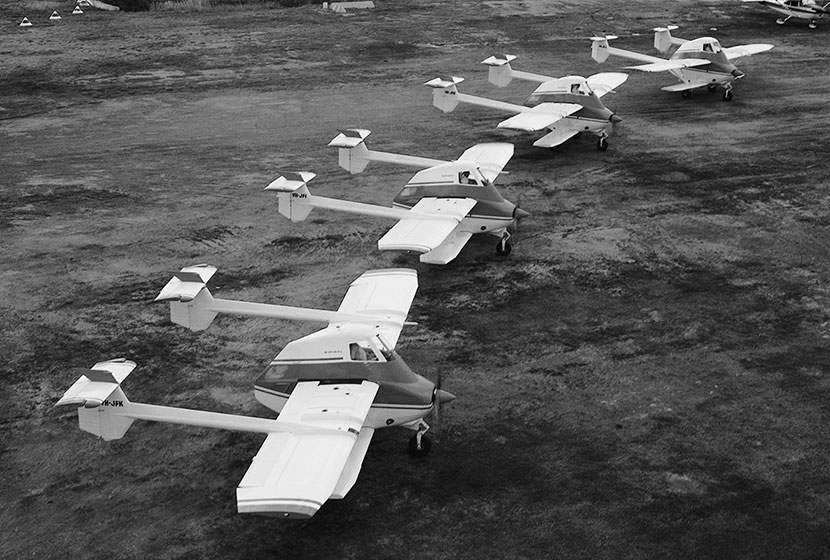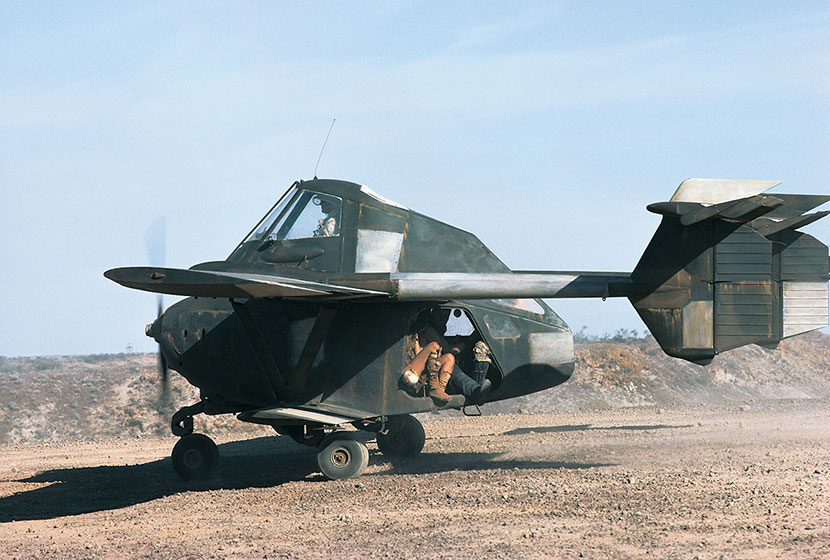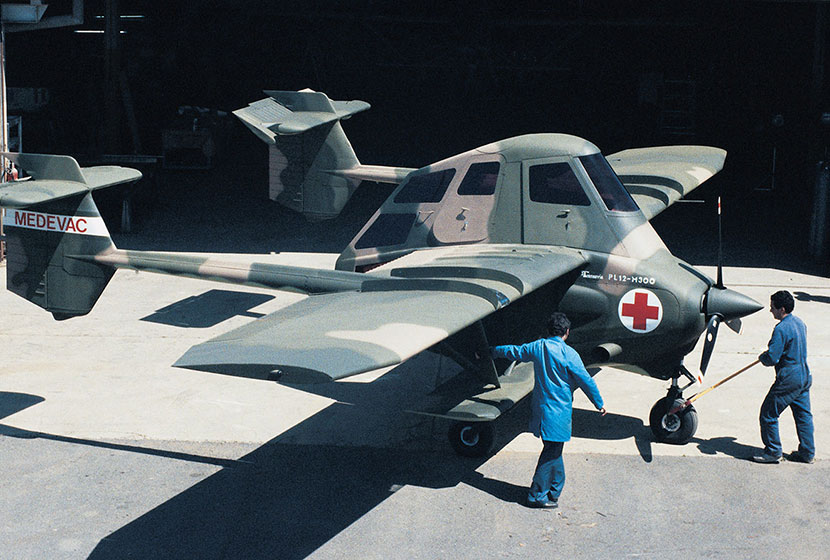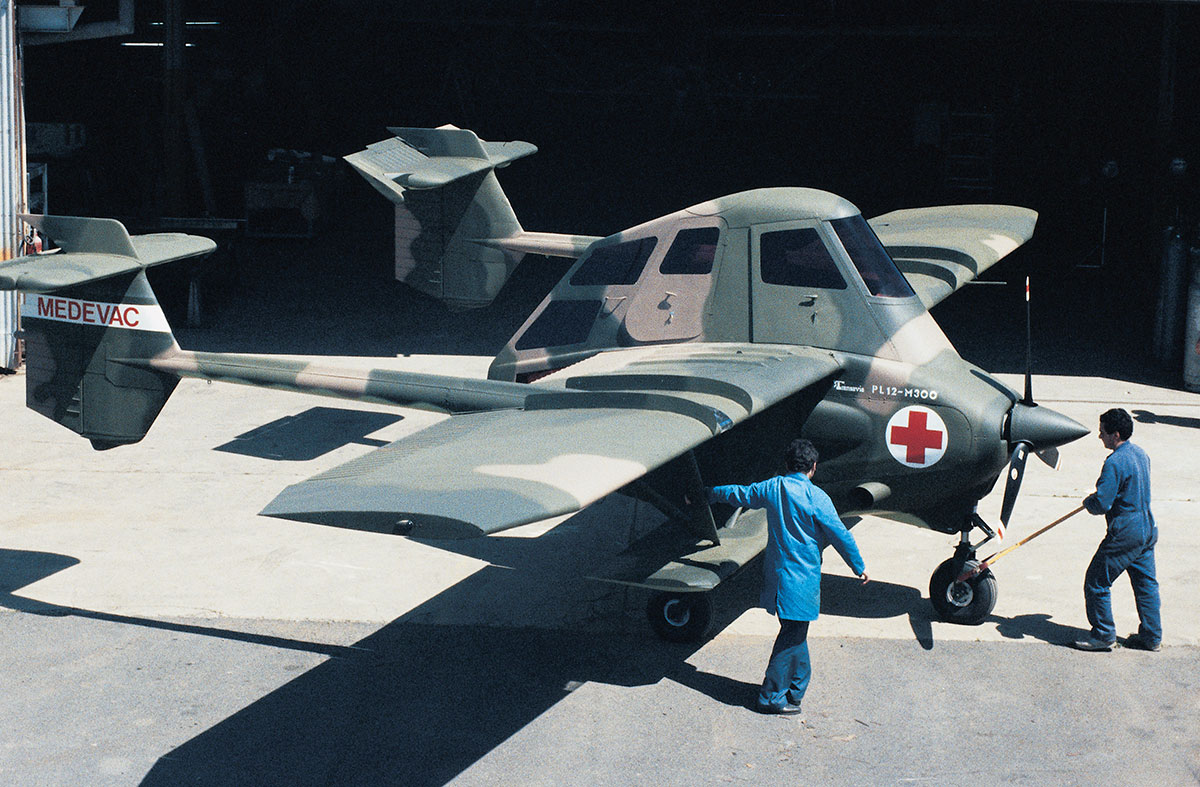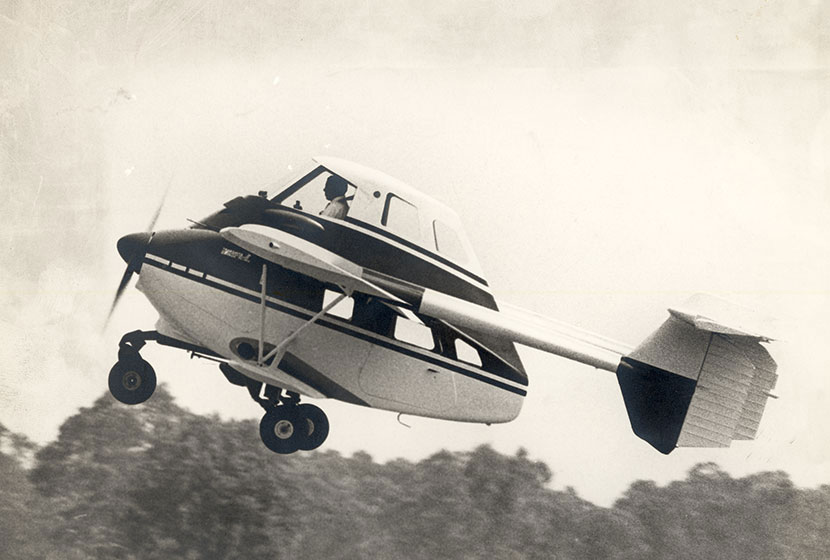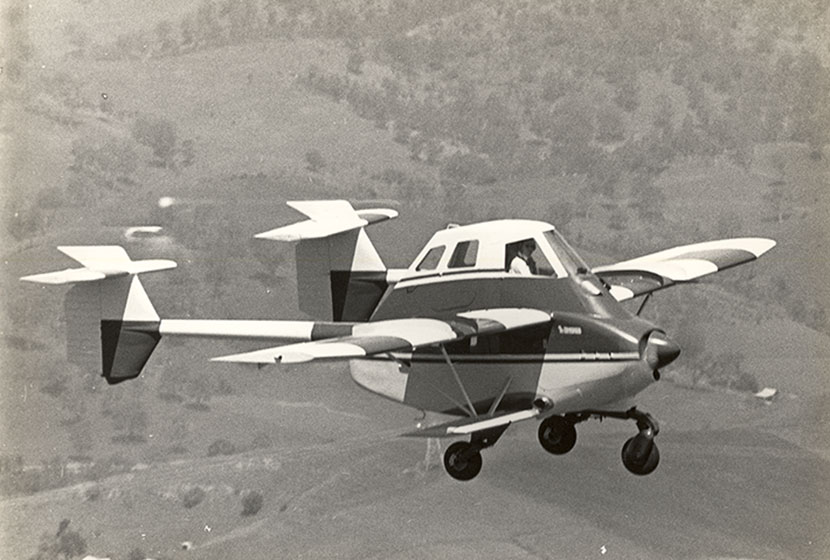The Airtruk even attracted the attention of kings and dictators. In 1971, Thailand's King Bhumibol imparted a Buddhist blessing to the first craft purchased by that country and, at the end of that year, Sudan's President Nemeiry inspected a plane at Khartoum airport.
By 1985, 75% of the aircraft produced had been exported to Denmark, South Africa, Malaysia, Taiwan, Thailand, New Zealand, China and Yugoslavia.
At the beginning of 1980, fifteen years after the prototype first flew, the Airtruk still was the most efficient agricultural aircraft in the world. The plane could lift a one-ton payload, more than its own weight. Its strange configuration earned it various nicknames, including "the flying Mango". It could be loaded in 20-30 seconds and land and take off from very short, rough country airstrips.
Page Media:
